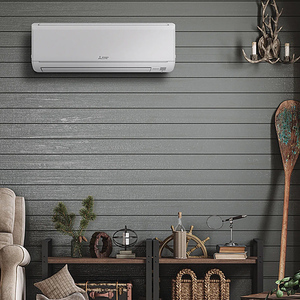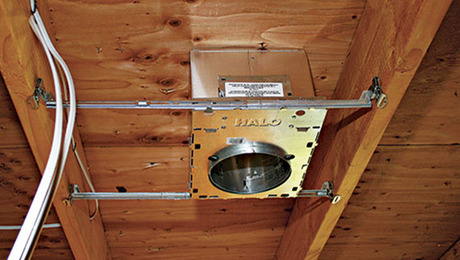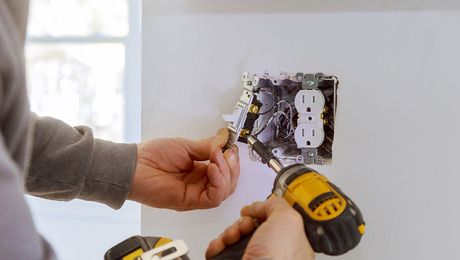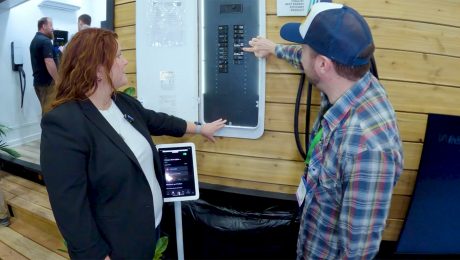How to Install a Minisplit
What you need to know about choosing a minisplit heat pump and ensuring that it’s set up correctly
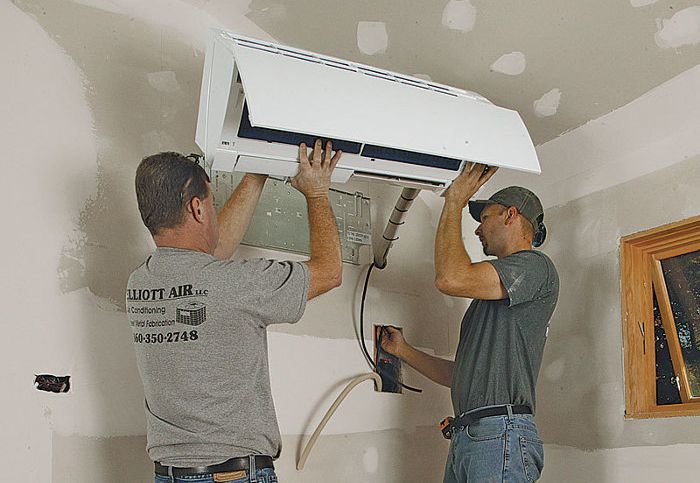
Although they’ve been around for a couple of decades and are common in Asia and Europe, minisplit heat pumps only recently have started to get traction in the United States. A minisplit heat pump uses a refrigeration cycle to warm or cool the air inside a building. In cooling mode, it extracts heat from within the building and moves it outside. In heating mode, it works in reverse, extracting heat from the outdoor air (even in very low temperatures) and moving it to the building’s interior.
There are exceptions, but minisplits generally don’t have ductwork. Instead, a minisplit has an air handler and a refrigeration coil in a self-contained wall-mounted or ceiling-mounted unit. Temperature and fan speed generally are controlled with a handheld remote, but they can be operated with a wall-mounted thermostat.
When they were first introduced to this country, minisplits were thought of as an add-on to a central heating and cooling system and a way to condition hard-to-cool spaces. More recently, they have become an efficient way to heat and cool entire houses, often for less installed cost than a central system with ductwork. Here, I’ll answer the most common questions about minisplits and will walk you through a typical installation so that you know what to expect when the HVAC tech shows up.



